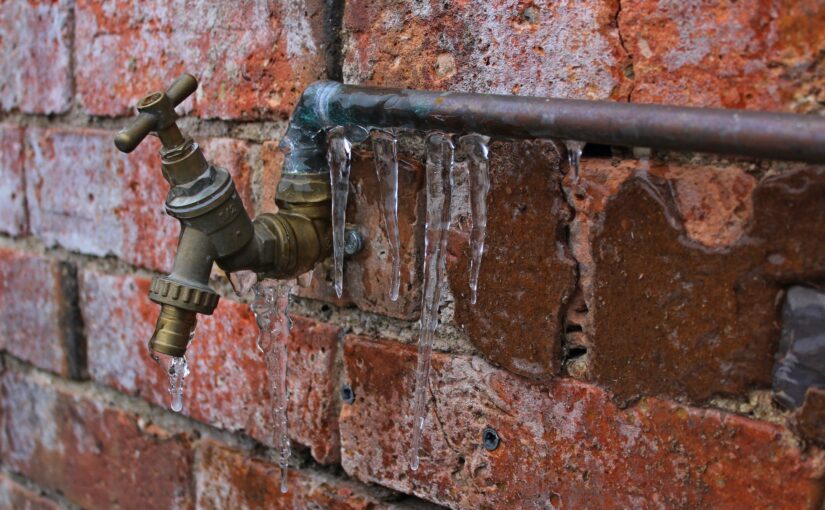Getting into the real estate business is not easy. Fluctuating property markets, the time-consuming legal process and convincing clients can be really stressful. It takes a lot of effort and hard work to become a successful realtor, from installing wall signs to networking with other brokers. However, once you master the art of selling, consider yourself halfway to your goal. If you want to learn how you can convince people to invest in a property and be able to sell it for more price, here are five easy tips that will help you to lock the deal:
Get Everything Fixed:
When a client visits or inspects a property for buying, they are actually looking for loopholes. This gives them the opportunity to start their negotiation. Broken doors or windows, a hole in the ceiling, pipe leakage or any other flaw will be enough for them to ask for a price reduction. If you want to sell a house for more cost, please ensure that everything is fixed already.
The appearance of the place should be inspiring enough to meet your demand. Convenience is something that we all love, and what else could be better if we could find a perfectly ready to use space even at a little higher price?
Focus on Listings:
One of the major disappointments that clients have when they visit a property, is its virtual portrayal and reality. You must be careful with your listings. Avoid using superlative phrases and terms that do not match with anything in the house. Keep things as real as possible to ensure that clients settle for the price you have mentioned online and there is no room left for the negotiation. Carefully written listings can help you sell for more!
Avoid Overpricing:
The real estate market is the buyer’s market. If you can make the buyers happy, the selling process becomes easier. Even if you want to sell the property for a relatively higher price than its actual value, avoid getting overpriced. Make sure what you are asking for is also meeting the condition of your property. It is an instant turn off for the buyer if the house looks old and its price equals a new apartment. Keep things real even if you want to lock the deal at a higher price. If you are not satisfied with the buyer’s demands, consider delaying the sale for a little longer.
Don’t Be Pushy:
The way you negotiate with the client greatly increases or decreases the property’s value you are trying to sell. If you are too pushy or trying too hard to convince the client to make the purchase at that particular price, you are actually pushing them away and might cause suspicion regarding the property. Therefore, just wait for the response when you are done with the initial discussion with the client.
Know Your Client:
Make sure you know your client well. Keeping the price that will fit your client’s budget will help you finalise the deal. Besides, the house you are trying to sell to them is according to their needs and demands. If your client is specifically looking for a property like yours, they will be more willing to pay the price you will demand.
The real estate market is highly competitive. However, if you follow these tips, you will be better equipped to persuade your client and sell the property at the price of your choice. Make your selling approach all about your clients; try viewing the property, listings and pricing from their perspective to develop a marketing strategy.
Author: Aliza Zulfiqar
Start selling your property today – list it for free.





